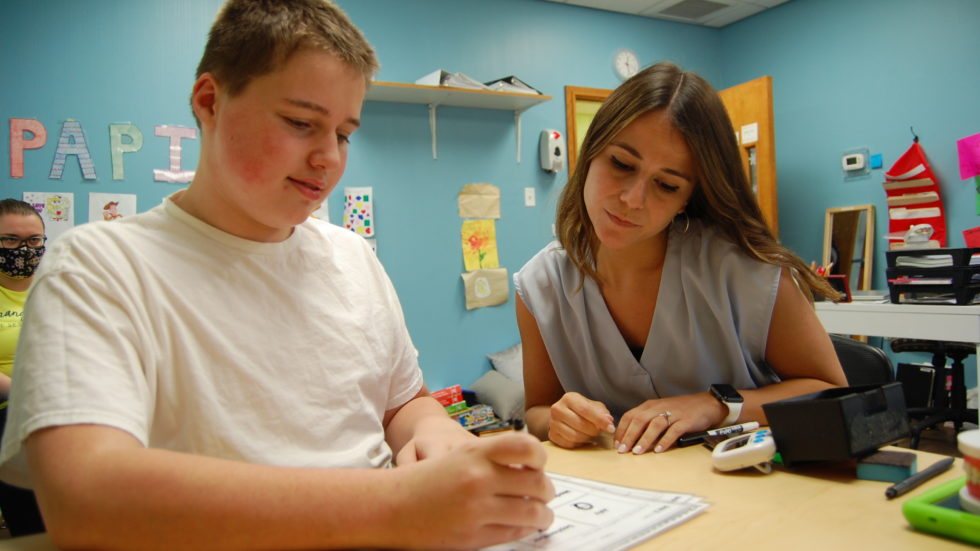Potential’s Springtime School Enrollment Swells as a Result of Individualized Approach

Across the region, students, parents, and teachers are celebrating the return to school. It’s a feeling we share here at Potential, where our Springtime School is poised to welcome the largest class of students ever. In fact, since January, enrollment in the school has more than doubled. This is a trend that appears to be linked to the adoption of remote and hybrid learning models by area school districts for much, if not all, of the 2020-21 academic year.
In a survey conducted earlier this year, more than 97% of the 1,000 educators polled reported seeing some learning loss in their students over the past year, and 57% estimated their students were behind by more than three months in their social-emotional progress.
Other research indicates that minority students and those with disabilities have experienced the greatest setbacks.
When Potential’s Springtime School was forced to close in March 2020, “we provided parent training rather than expecting our students to learn from sitting in front of a computer screen,” says Rachel Landers, M.Ed., BCBA, Lead Teacher at the school. “In a few special cases, we arranged to have staff work one-on-one with students in their homes, taking the necessary precautions. We did everything within our means to prevent our students from developing more severe behaviors.”
The school implemented extensive health and safety protocols to reopen in July 2020, and resume in-person learning. Every new and returning student since that time has undergone functional skills and academic assessments to establish their personal starting point.
“I think that’s really the biggest difference between the Springtime School and most public schools, and why our enrollment has swelled: We meet each student where they are, whereas public schools are bound to their curricula,” Landers says. “All of our teaching is dictated by our students’ specific needs.”
She says the measures are meant not only to put students in the best possible position to learn but also to help them adapt to a world that looks very different from the one they were becoming more comfortable in only 18 months ago.
“For example, many of our students couldn’t tolerate wearing masks when they returned to the classroom,” Landers says. “So we’ve been systematically increasing their time spent wearing them.”
When many students are struggling to keep up, the Springtime School is working to ensure that none of its students are left behind.
